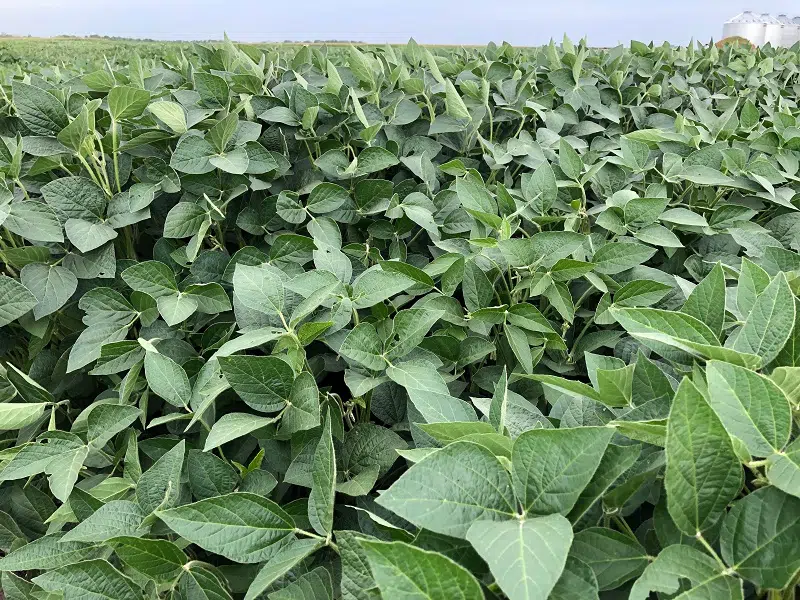CINCINNATI, Nov. 12, 2024 /PRNewswire/ — The Directions Group, formerly Aimpoint Research, today announced the release of a new report, “Farm Bill Programs and the Role of Crop Protection Tools,” which identifies significant impacts on the farm bill and federal agricultural policy if U.S. farmers lost access to glyphosate, the most commonly used herbicide. The commodities, conservation, nutrition, and crop insurance titles are among the key farm bill provisions potentially affected. Using open-source research and economic modeling, the analysis shows that disruptions to glyphosate availability would have costly consequences for farmers, consumers, and the environment.
“Conflicting state and federal pesticide labeling requirements could create a challenging regulatory landscape for crop protection products,” said Mark Purdy, Executive Vice President of Agri-Food at The Directions Group. “That’s why this research is critical. It shows that losing access to glyphosate could create far-reaching consequences for the farm bill.”
“The increase in production costs would ripple through the economy, creating substantial challenges for both farmers and policymakers,” said Dave Juday, Executive Advisor to The Directions Group and lead economist for the report. “It could undermine the farm bill and put pressure on policymakers to slash budgets for key programs in response to rising costs.”
Key takeaways from the report include:
- Food inflation could surge by 2.4 times based on 2025 forecasts.
- Farmers could lose $2.89 billion in annual net farm income.
- Nutrition program outlays for programs like the Supplemental Nutrition Assistance Program (SNAP) could increase by $7.1 billion over the life of a 2025-2029 Farm Bill.
- Crop insurance costs may increase by $2.946 billion over the life of a 2025-2029 Farm Bill.
- CO2 emissions would likely rise by 33.72 million additional tons every year.
- The 2018 Farm Bill’s $632 million investment in cover cropping would be undermined, reversing two decades of conservation gains in carbon capture, sediment loss, and nutrient runoff reduction.
To access and read the full report, visit: www.report-directionsgroup.com
SOURCE: The Directions Group via PR Newswire





Comments